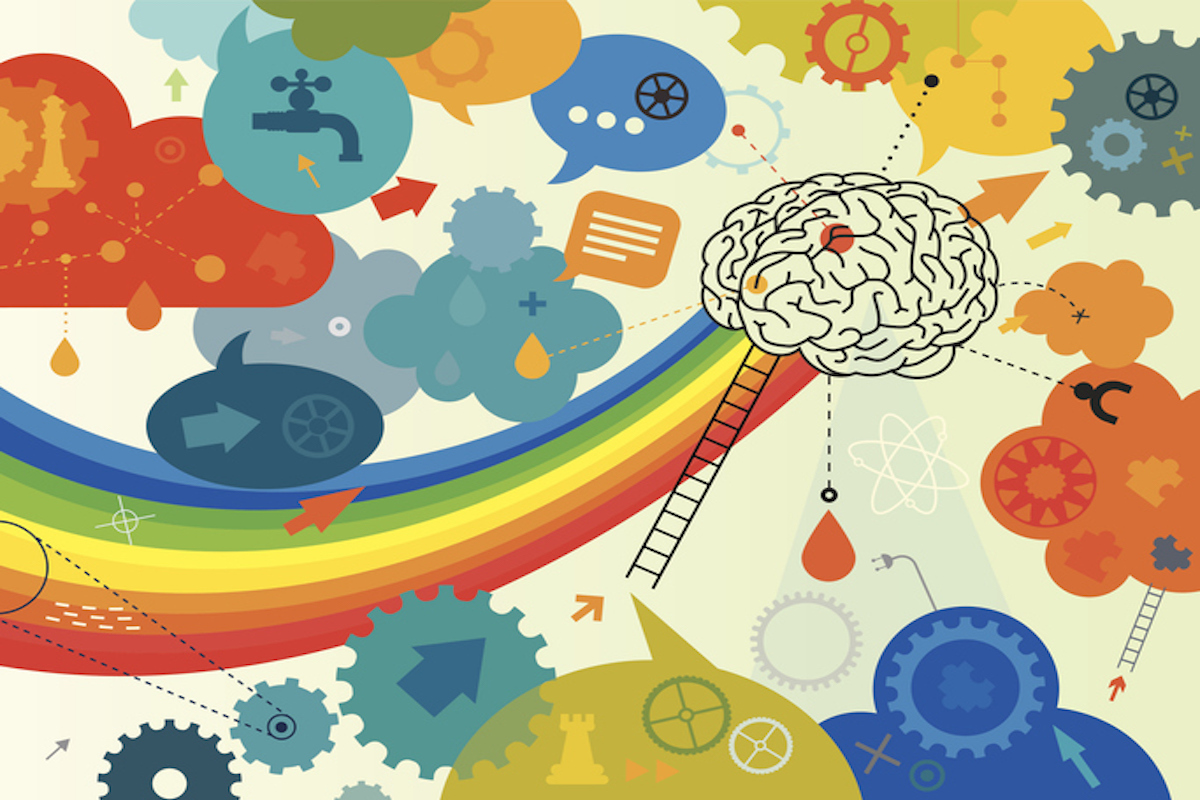Mindful Tech Habits: Finding Balance in the Digital Age
In today's hyper-connected world, technology permeates every aspect of our lives. From the moment we wake up to the instant we fall asleep, screens and devices command our attention. While technology has undoubtedly transformed our world for the better, offering unprecedented convenience, connectivity, and opportunities, it also presents unique challenges. The concept of mindful tech habits is about finding a harmonious balance between leveraging the benefits of technology and maintaining our mental, emotional, and physical well-being.
Understanding Mindful Tech Habits
Mindful tech habits refer to the intentional and conscious use of technology, ensuring that our digital interactions enhance rather than detract from our lives. It's about being present and aware of how we engage with our devices, making deliberate choices that align with our values and priorities. The goal is to prevent technology from becoming a source of stress, distraction, or disconnection.
Key Aspects of Mindful Tech Habits
1. Awareness: Recognizing how, when, and why we use technology.
2. Intentionality: Using technology with purpose and clear intentions.
3. Boundaries: Setting limits to prevent overuse and dependency.
4. Balance: Finding a healthy equilibrium between digital and offline activities.
5. Well-being: Prioritizing mental, emotional, and physical health in our tech usage.
The Relevance of Mindful Tech Habits
In an era where digital distractions are omnipresent, the relevance of mindful tech habits cannot be overstated. Consider the following statistics:
1. Screen Time:
The average person spends over seven hours a day on screens, which can lead to digital fatigue, eye strain, and sleep disturbances.
2. Social Media:
While social media platforms connect us, they can also contribute to anxiety, depression, and a distorted sense of reality.
3. Productivity:
Constant notifications and multitasking can significantly impair focus and productivity, leading to increased stress levels.
By adopting mindful tech habits, we can mitigate these negative impacts, fostering a healthier relationship with our digital devices and enhancing our overall quality of life.
The Journey to Mindful Tech Usage
1. Assessing Your Tech Usage
The first step towards mindful tech habits is self-awareness. Begin by assessing your current technology usage:
Track Your Screen Time:
Use built-in screen time trackers on your devices or third-party apps to monitor how much time you spend on various activities.
Identify Triggers:
Pay attention to what prompts you to reach for your phone or laptop. Is it boredom, stress, or the need for social validation?
Reflect on Impact:
Consider how your tech usage affects your mood, relationships, and productivity. Are there specific apps or activities that leave you feeling drained or dissatisfied?
2. Setting Intentions and Goals
Once you have a clear understanding of your tech habits, set intentions and goals to guide your usage:
Define Purpose:
Determine the primary purposes of your tech use, whether it's for work, education, social connection, or entertainment.
Set Limits:
Establish boundaries for screen time, especially for non-essential activities like social media browsing or gaming.
Prioritize Offline Activities:
Make time for activities that don’t involve screens, such as reading, exercising, or spending time with loved ones.
3. Creating a Tech-Friendly Environment
Designing your environment to support mindful tech habits can make a significant difference:
Tech-Free Zones:
Designate certain areas of your home, such as the bedroom or dining area, as tech-free zones to encourage face-to-face interactions and relaxation.
Scheduled Breaks:
Incorporate regular breaks from screens into your daily routine. The Pomodoro Technique, for example, involves working for 25 minutes followed by a 5-minute break.
Digital Detox:
Periodically disconnect from all digital devices for a set period, whether it's a few hours, a day, or even a weekend, to recharge and refocus.
4. Practicing Digital Mindfulness
Incorporate mindfulness practices into your tech usage to stay present and engaged:
Mindful Breathing:
Before reaching for your phone, take a few deep breaths to ground yourself and assess whether you truly need to use the device.
Single-Tasking:
Focus on one digital task at a time rather than multitasking, which can lead to decreased efficiency and increased stress.
Mindful Consumption:
Be selective about the content you consume. Follow accounts and channels that inspire and uplift you, and unfollow those that trigger negative emotions.
Anecdotes and Examples
The Story of Sarah
Sarah, a 35-year-old marketing professional, found herself constantly overwhelmed by the barrage of emails, notifications, and social media updates. Her screen time report showed an average of eight hours a day, much of it spent on non-essential activities. Feeling mentally exhausted and emotionally drained, she decided to adopt mindful tech habits.
Sarah started by setting clear boundaries: no screens during meals and a digital detox every Sunday. She also began practising mindfulness techniques, like deep breathing before checking her phone and single-tasking during work hours. Over time, Sarah noticed significant improvements in her focus, productivity, and overall well-being. She felt more connected to her family and friends and less stressed about her workload.
The Case of a Tech-Savvy Company
A forward-thinking tech company recognized the importance of mindful tech habits for their employees' well-being. They implemented policies such as no-email weekends and designated quiet hours without meetings or notifications. They also provided mindfulness training sessions and encouraged regular breaks away from screens.
The results were remarkable: employees reported higher job satisfaction, better work-life balance, and increased creativity and innovation. The company's productivity and employee retention rates improved, demonstrating that mindful tech habits can benefit both individuals and organizations.
The Path Forward
As we navigate the digital age, it's crucial to cultivate a mindful approach to technology. By being intentional and conscious about our tech usage, we can harness its benefits while minimizing its downsides. Here are some practical tips to help you get started on your journey to mindful tech habits:
1. Start Small:
Begin with small changes, such as reducing screen time by 30 minutes a day or designating one tech-free meal per day.
2. Use Technology to Your Advantage:
Utilize apps and tools designed to promote mindfulness, such as meditation apps, screen time trackers, and digital well-being features.
3. Seek Support:
Join online communities or groups focused on digital mindfulness for support, inspiration, and accountability.
4. Stay Curious:
Continuously explore new ways to integrate mindfulness into your tech usage, and remain open to adjusting your habits as needed.
Conclusion
In our ever-evolving digital landscape, the quest for balance is more relevant than ever. Mindful tech habits offer a pathway to reclaiming our time, attention, and well-being from the clutches of constant connectivity. By adopting a mindful approach, we can create a harmonious relationship with technology that enriches our lives rather than detracting from it.
As you embark on this journey, remember that the goal is not to eliminate technology but to use it in a way that aligns with your values and enhances your life. Stay curious, stay intentional, and embrace the transformative power of mindful tech habits. The digital age is here to stay, but with mindfulness, we can navigate it with grace and balance.





Comments
Post a Comment